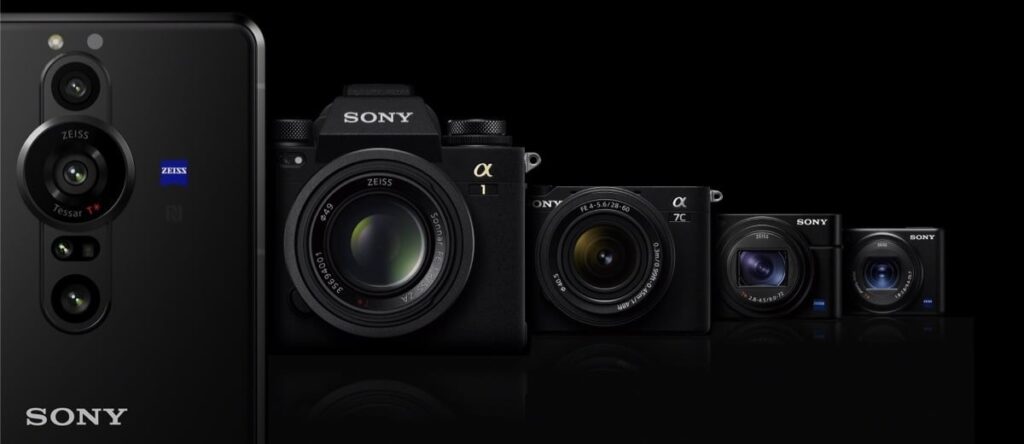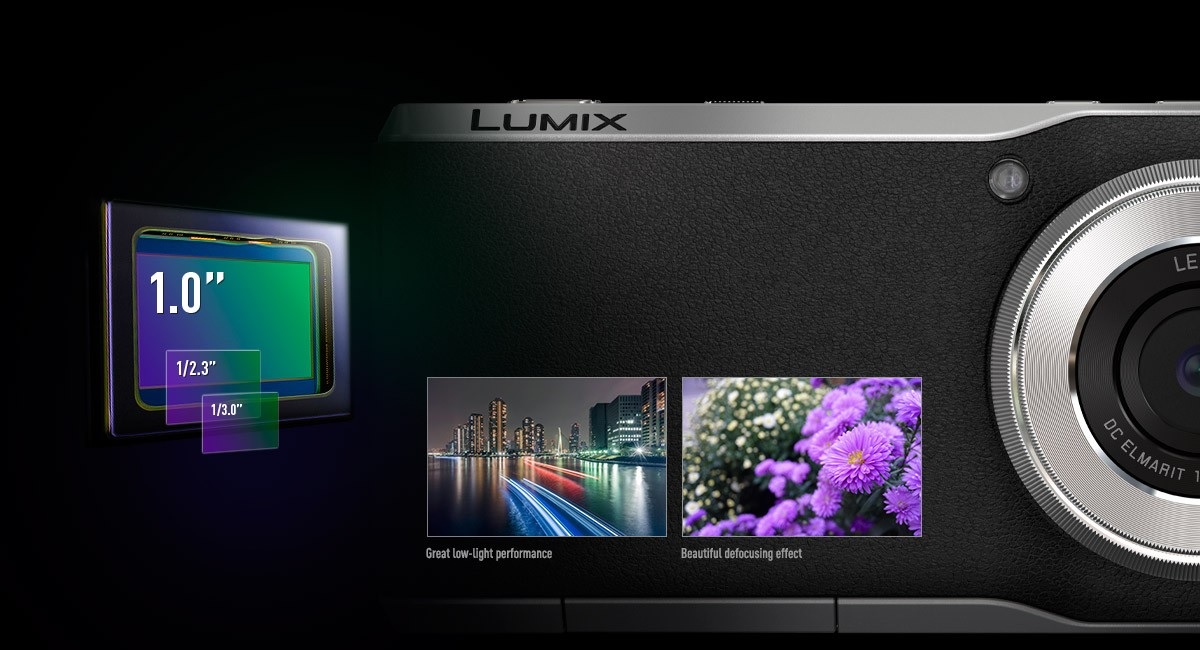When it came to filming photography, 35mm was by far the most widely used format and was utilized by a variety of devices, including inexpensive point-and-shoot cameras and pricey SLRs. The 35mm equivalent of the focal length of lenses is still frequently listed because it was so popular. DSLRs with “full frame” sensors, which are the same size as 35mm stills, were introduced with the shift to digital technology. However, it also introduced more compact digital cameras that could fit in your pocket.
The Sony RX100 series of cameras is a well-known example of this. For them, the 1″ sensor is the proverbial holy grail. They lost popularity as smartphone cameras dramatically improved, but they did have an impact on smartphones.
The Sony Xperia Pro-I borrowed the 1″ sensor from its RX100 cousins, but it lacks the optics to fully utilize it (the Pro-I uses only 12MP of the 20MP sensor’s total resolution). It’s important to note that the supposedly 1-inch sensors are actually closer to being 2-and-a-half inches in size. This is another holdover from vintage cameras, similar to the 35mm thing.

Anyway, the 200MP ISOCELL HP3 we discussed last week only goes up to 2.24m pixels with 16-in-1 binning, whereas the Pro-I image sensor has impressively large 2.4m pixels. These two sensors are obviously made for two distinct cameras with two distinct uses.
You are probably aware that the Pro-I is not the first smartphone with a 1″ sensor and that it won’t be the last either. In fact, 2023 appears to be the year when this type of sensor becomes standard for flagships.
Source: gsmarena








